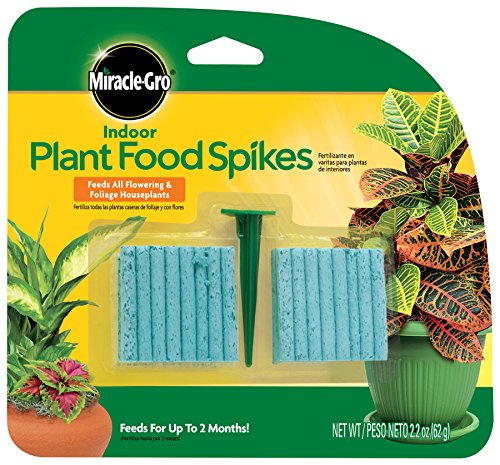If you love the ease of a houseplant drip feeder but hate single-use plastic, here's the solution
These simple feeders have helped cuttings to thrive, as well as my established houseplants.
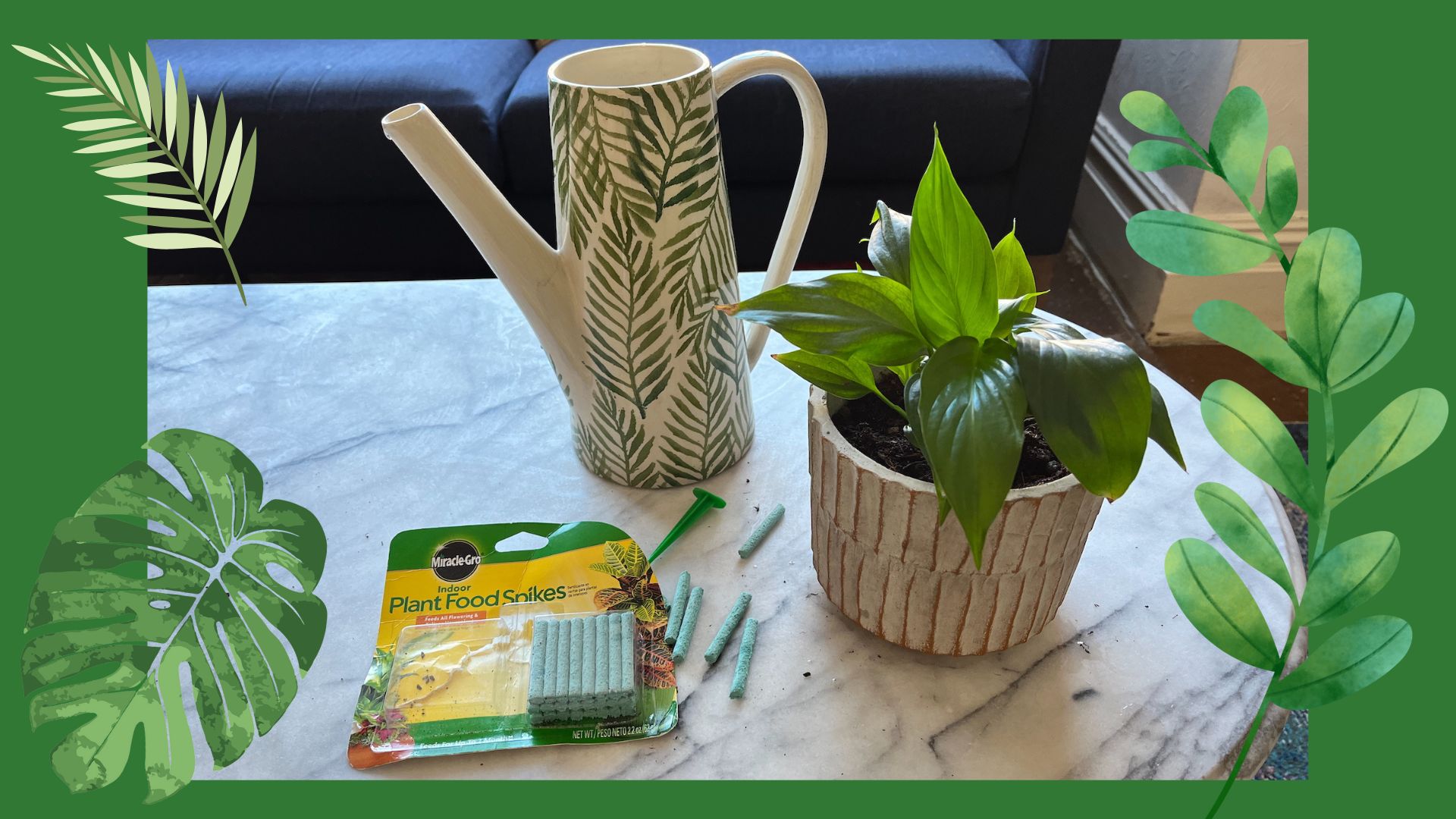

For me, houseplants are one of the best ways to make a house feel homely, and I have more than 10 in my current collection – many of them coming from cuttings from friends or from dividing peace lilies.
But I have to admit, keeping up with feeding the plants isn't as easy these days, on top of feeding the cats, kids and (if we're lucky) the adults. So, a couple of years ago, I started using drip feeders to care for my houseplants, and instantly saw an improvement in their health. Hooray. However, I felt bad about all the single-use plastic.
This unhappy accident set me on a quest to find an alternative to plastic drip feeders.
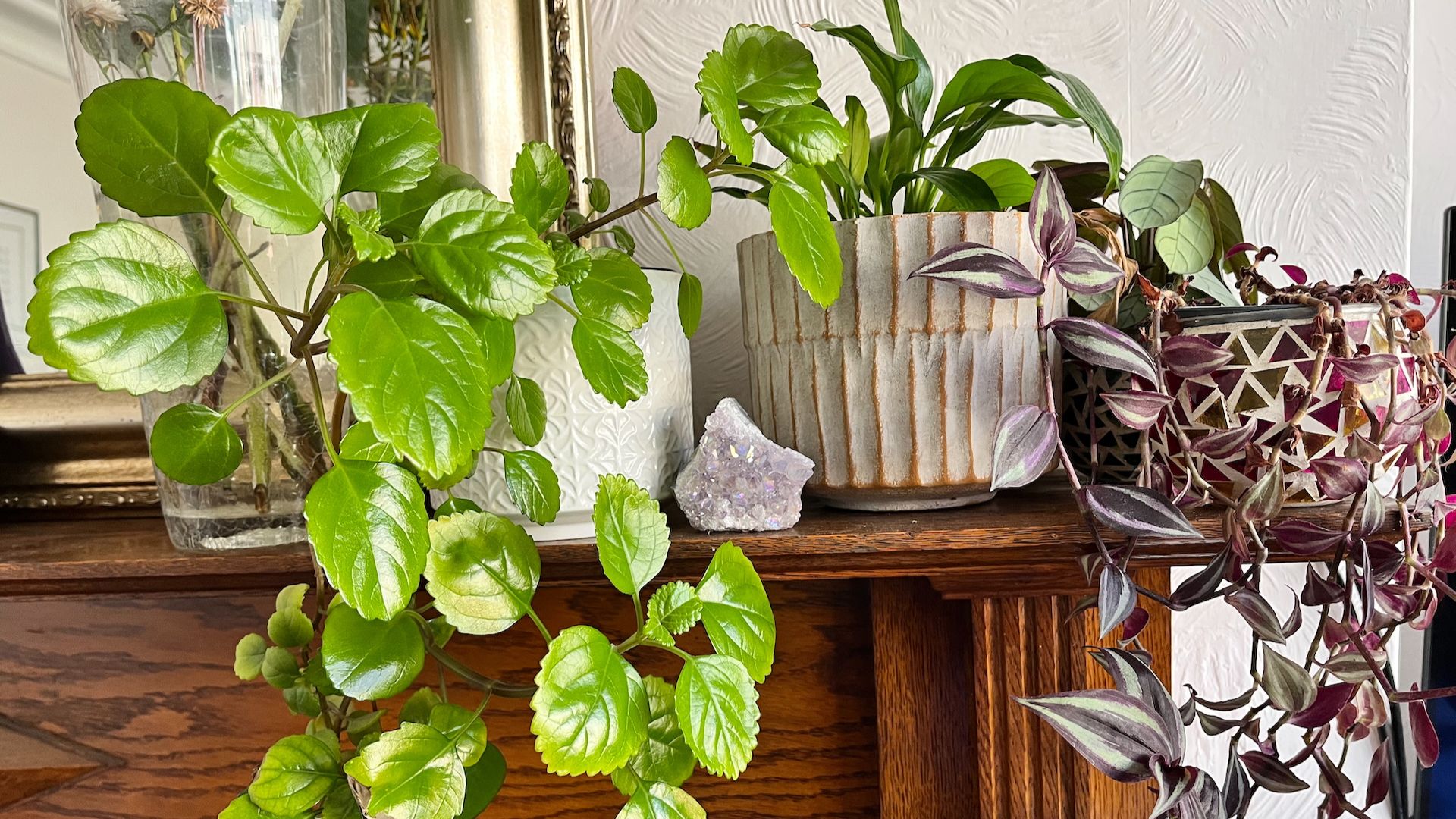
Editor recommendation: Plant Food Spikes
Self-watering Spikes sounded promising for a while, until I realised those are for water, and so would release way too much of the concentrated plant food. Though those would work if you filled them with a ready-mixed solution of water and plant food.
The solution I now wouldn't be without is Plant Food Spikes – a slightly scary-sounding name for solid sticks of plant food that gradually soften and disperse into the soil over two months or so.
I was getting through the single-use plastic feeds every 90 days or so, so last year I thought I'd try unscrewing the tiny nozzle head and refilling the drip feeder from my big bottle of Baby Bio.
I got away with it on two of the feeders, but discovered the next morning that the third, an orchid feeder, had leaked and accidentally given the lovely orchid a massive overdose. I was heartbroken. (Definitely a mistake to avoid when caring for an orchid).
Sign up to our free daily email for the latest royal and entertainment news, interesting opinion, expert advice on styling and beauty trends, and no-nonsense guides to the health and wellness questions you want answered.
What I love about these is that they're super easy to use, and even kind of fun. My four-year-old boy has insisted on helping me insert them before, and didn't mess it up.
How to use plant food spikes
- Measure the size of your plant pot, and consult the pack to figure out the right dosage (number of sticks). It's a little annoying that the Miracle-Gro pack gives this in inches, but it does have a ruler built into the back of the packet, so you don't have to convert the numbers into metric if you don't want to. If your pot is between sizes, I'd round down, as it's usually better to underfeed than overfeed (my stick that used to be an orchid can attest to that).
- Use the plastic spike to make the right number of holes for the sticks, about halfway between the stem of the plant and the rim of the pot. Avoid piercing roots, and spread them out as evenly as you can for your plant.
- Place the food sticks into these holes
- Cover the tops of the sticks with soil and even top up the houseplant soil if needed
- Water plants straight away and then regularly, as usual, with water (no additional feed needed)
- Check the soil of your plants after a month or two to see if the sticks have all gone. Once they have, replace as needed!
How often do you replace plant food spikes?
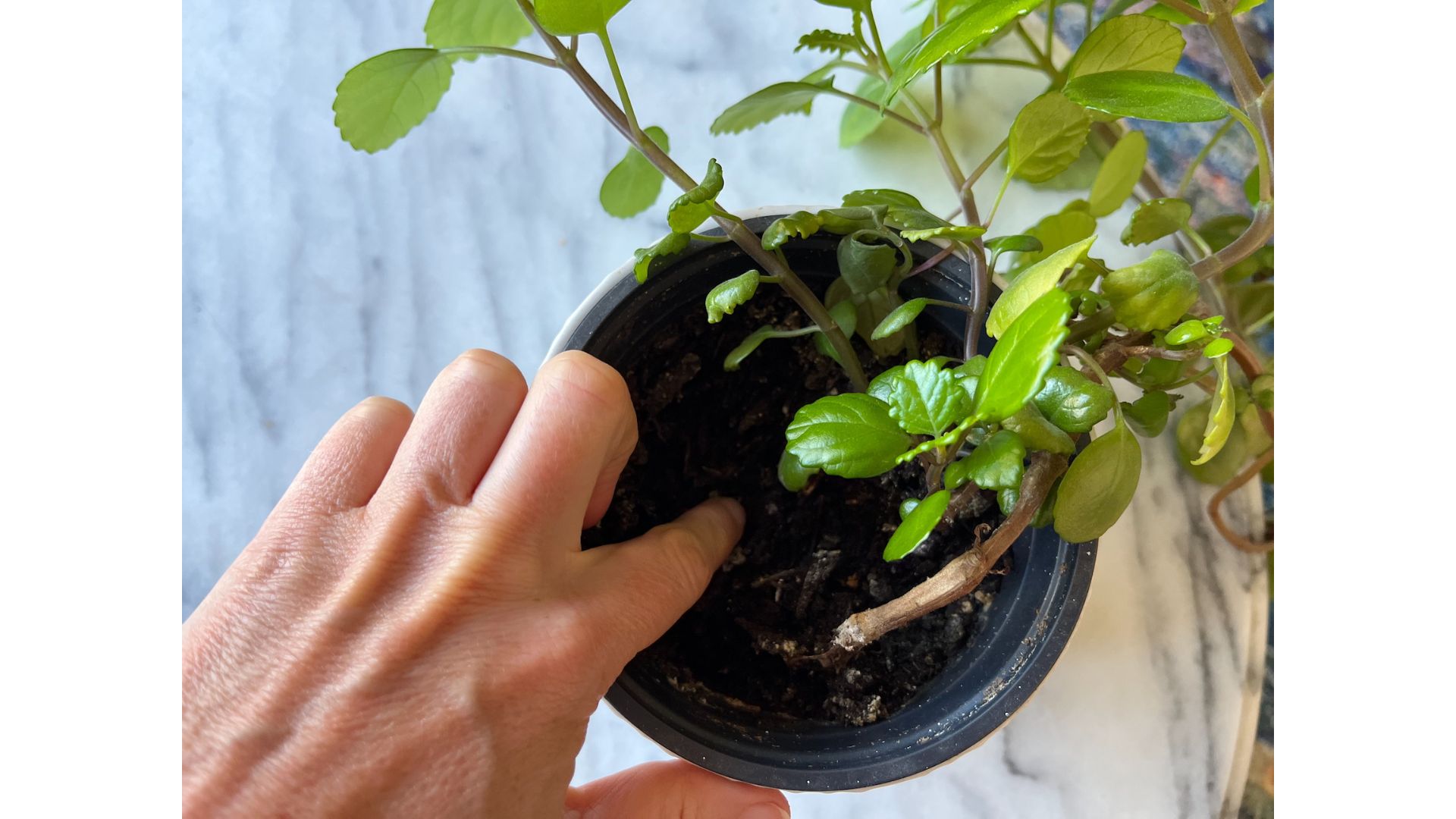
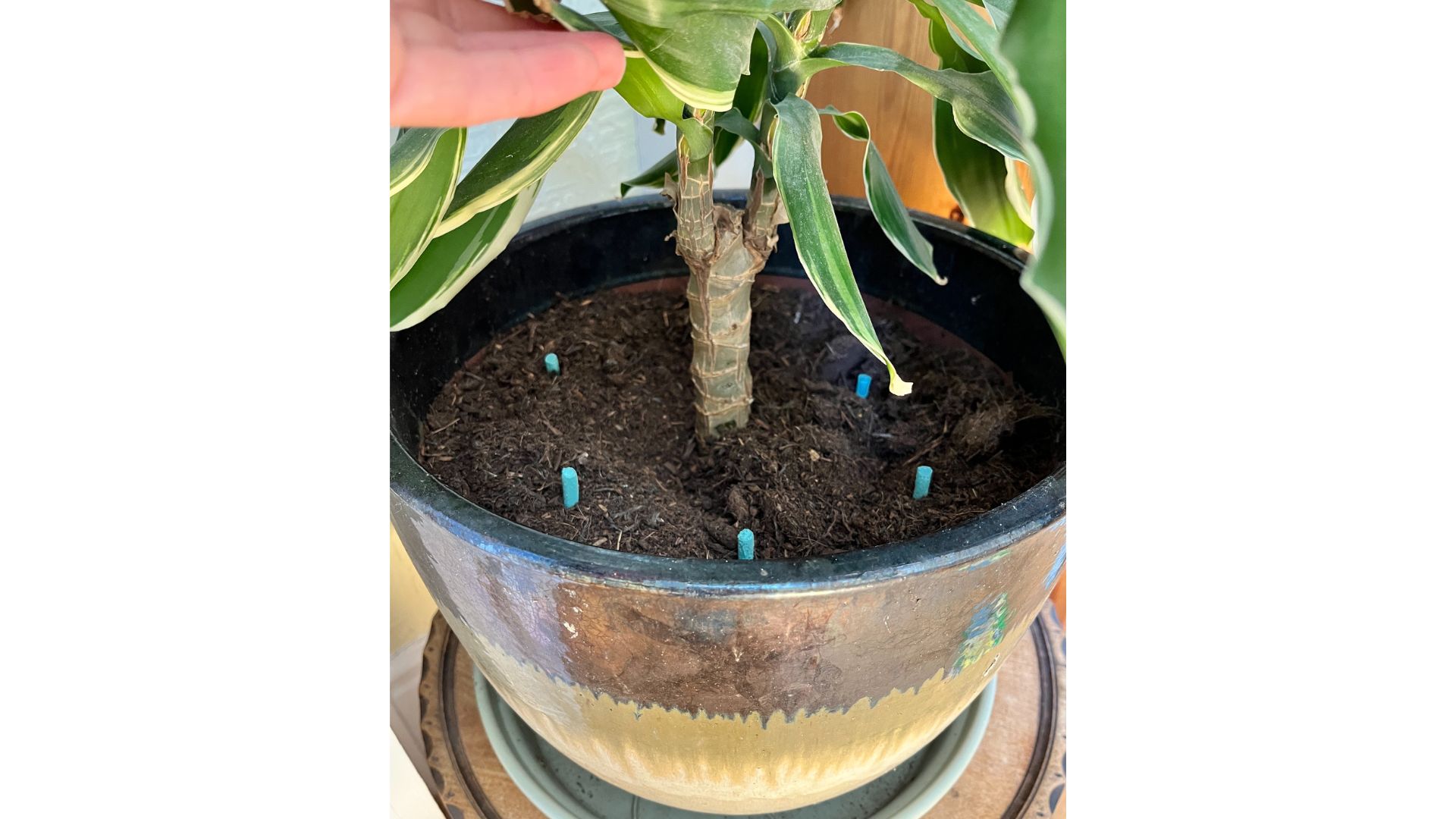
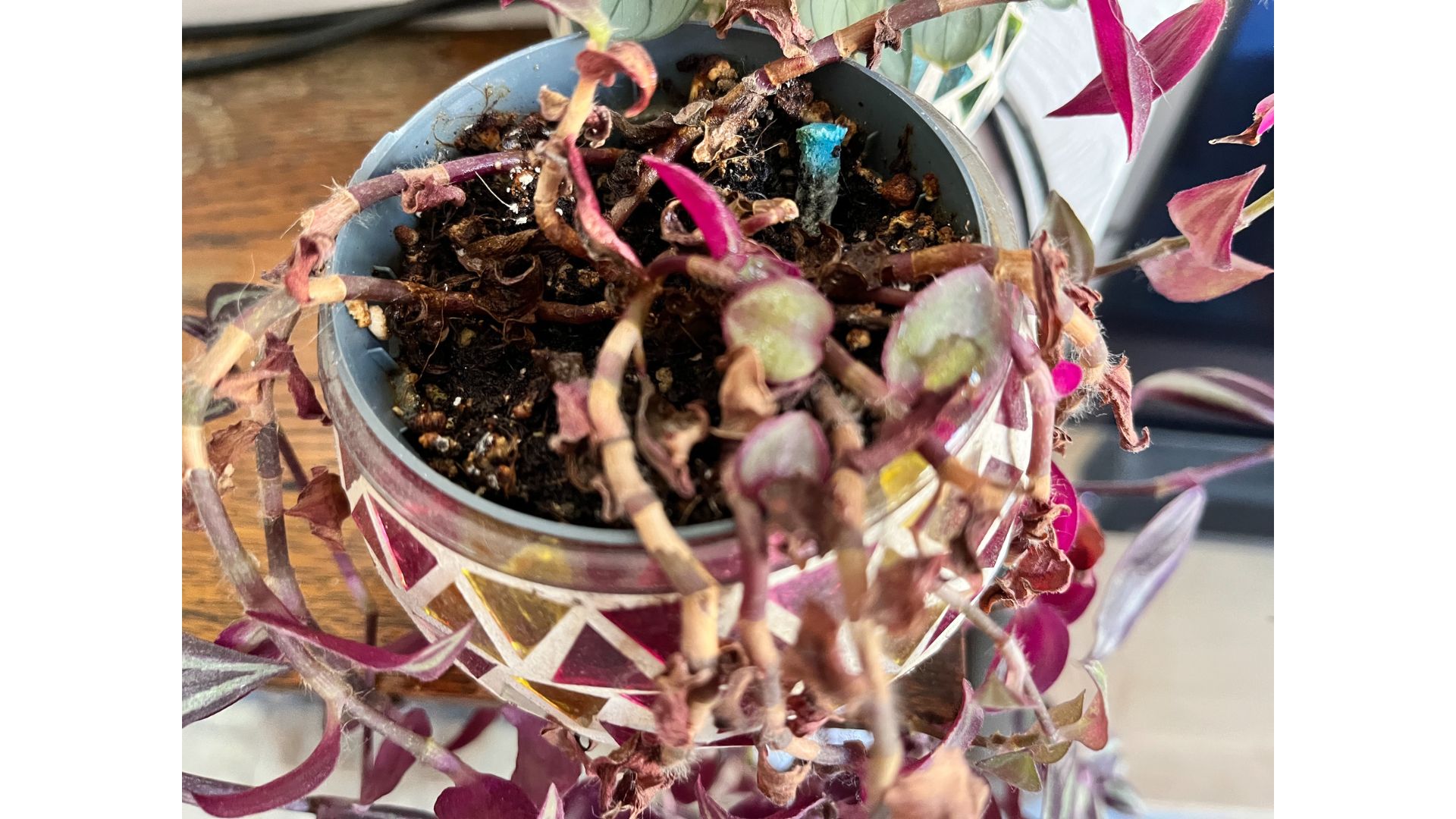
I've found that some houseplants are greedier than others. My peace lilies have got through their sticks in about six weeks, while my little tradescantia has had its sticks in for 90 days and counting.
Most plants will need their food sticks replacing more often in the spring and summer than they will in winter. Every 90 days is the average.
It's fun playing plant detective to see who's ready for more, and a nice way to get to know my plants' needs a little better – and I love that I'm not buying any more tiny tubes of plastic in the process.

Ella is Managing Editor for Woman&Home online, helping the team to ensure our content is expertly written, authoritative, timely and compelling. She has 14 years of of editorial experience and a First Class Honours degree in Journalism. She regularly digs through magazine issues and digital archives to unearth content treasures in need of a good polish in order to bring readers a variety of interesting articles; helps the section editors to forward-plan features; and writes news stories and the odd buying guide or product recommendation, putting her eye for good design and photography to use. She has written and edited magazines and websites including TechRadar.com, CreativeBloq.com, Digital Camera magazine, BikeRadar.com, Mollie Makes and professional photography website www.canon-europe.com/pro.
You must confirm your public display name before commenting
Please logout and then login again, you will then be prompted to enter your display name.
